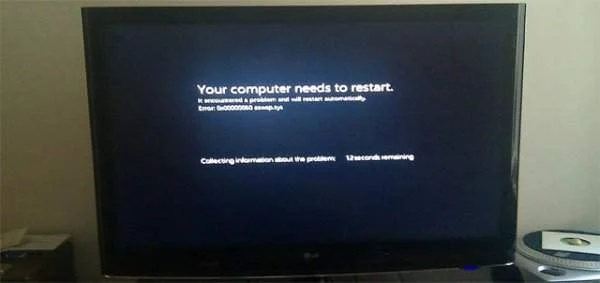It seems that even Microsoft may be growing weary of the infamous Blue Screen of Death (BSoD) associated with its Windows operating system.
I know I am, because my first encounter with the nefarious BSoD was on an Intel 80286 running Windows 3.1 on top of DOS.

Although way too many years have obviously passed since then, the BSoD remains an unfortunate part of the Windows legacy, from the so-called revolutionary Windows 95 all the way up to the recently launched Windows 7.
But there may be hope for future generations of PC users, because Microsoft has apparently decided to switch to the color black for system stop errors in current builds of Windows 8.
Still, as Tom Warren of WinRumors cautions, the switch to a Black Screen of Death could be a temporary one, similar to the switch in Longhorn build 5112.
“Microsoft started using a Red Screen of Death inside early Windows Vista builds. The company also used Red Screens inside early beta copies of Windows 98,” he writes.
“Microsoft has only ever used a Black Screen of Death in Windows 3.x when DOS-based applications failed to execute correctly. MS typically uses Black screens when its operating systems are attempting to load following the power-on self-test (POST).”
Of course, there is absolutely no way of knowing if Windows 8 will be stable like 2000 or if it will suffer from bouts of whiny flakiness like Vista.
So at the end of the day, users will undoubtedly be faced with some type of annoying and frustrating “death screen” – irrespective of its color.
Mac OSX or Linux, anyone?






